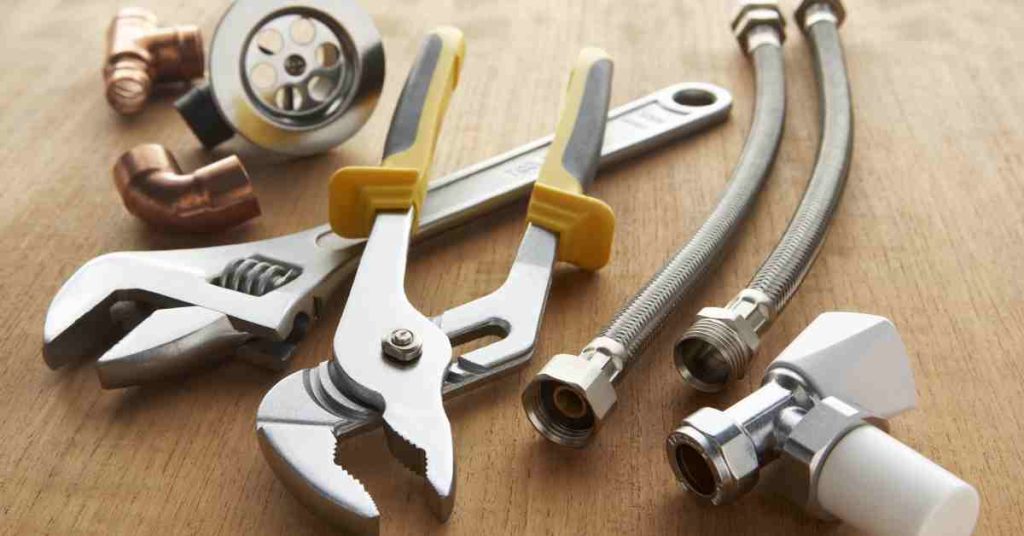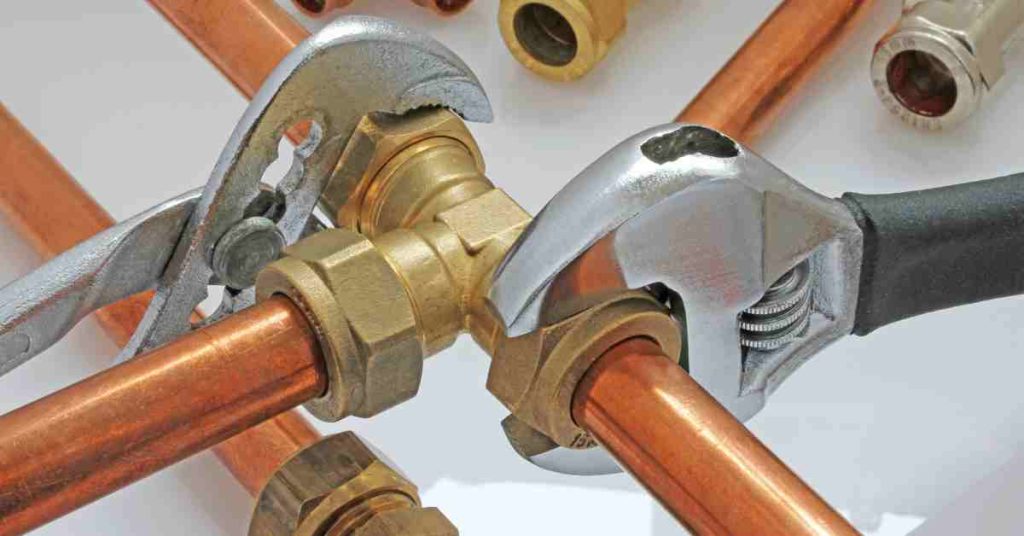Embarking on a DIY plumbing project can be a tempting endeavor, fueled by the desire to save a few bucks and the confidence gained from online tutorials. However, the road to a successful DIY plumbing venture is riddled with potential pitfalls, and the consequences of mistakes can be both frustrating and financially draining.

In this comprehensive guide, I, a seasoned plumbing professional, will shed light on the ten most common DIY plumbing nightmares, offering detailed insights into the problems and, more importantly, providing expert solutions to navigate these challenges successfully.
1. Not Sloping the Shower Floor
One of the most overlooked aspects of a bathroom remodel is the proper slope of the shower floor. DIY enthusiasts often forget that shower stalls with tile floors need precise angles to ensure efficient water drainage. Neglecting this crucial step can lead to water pooling, grout damage, and the onset of expensive repairs, not to mention potential health hazards like mold and mildew.
Solution: Before laying tile, invest time in understanding the correct slope required for your shower floor. Use a leveling tool to ensure water flows seamlessly toward the drain. A waterproofing membrane can also be a wise addition to prevent water seepage.
2. Not Documenting Disassembly
Many a DIY plumber has faced the panic-inducing moment of disassembling a kitchen or bathroom fixture only to realize they have no recollection of how it all fits back together. Instruction guides, installation manuals, and, crucially, photographs and notes are your allies in retracing your steps during the reassembly process.
Solution: Create a systematic disassembly plan. Take clear pictures of each step and label parts. Store manuals in an organized manner. This will save you from the frustration of a jigsaw puzzle with no picture to guide you.
3. Not Leaving Enough Space
Excitement often precedes bathroom renovations, leading homeowners to make impulsive decisions without proper measurements. Cupboard doors that won’t fully open, and cramped spaces around toilets—are common issues arising from insufficient planning.
Solution: Measure twice, cut once. Ensure sufficient clearance for doors, drawers, and human comfort. Plan your bathroom layout meticulously, accounting for existing fixtures and new additions.
4. Overtightening Connections

An all-too-common mistake is the tendency to overtighten connections—be it supply tubes, pipe fittings, or toilet bolts. This eagerness to ensure a watertight seal can backfire, resulting in cracks, breaks, and leaks.
Solution: Follow manufacturer instructions diligently. Hand-tighten fittings and use a tool for a quarter turn if required. Understanding the appropriate torque is crucial for preventing unnecessary damage.
5. Using Too Much Liquid Drain Cleaner
The allure of a quick fix often leads DIYers to overuse corrosive drain cleaners. These chemicals, when used improperly or excessively, can wreak havoc on pipes and plumbing fixtures, leading to long-term damage.
Solution: Reserve liquid drain cleaners for stubborn clogs. Follow instructions meticulously, and if possible, explore natural and eco-friendly alternatives before resorting to chemical solutions.
6. Not Allowing Enough Time
Setting unrealistic deadlines for a plumbing remodel can spell disaster. Rushed jobs often lead to additional work, increased costs, and a sense of disappointment when the project isn’t ready in time.
Solution: Hope for the best, plan for the worst. Anticipate delays and allocate more time than you think necessary. This way, unforeseen challenges won’t catch you off guard, and the project can unfold at a manageable pace.
7. Using the Wrong Connectors
Connecting different pipes requires the right kind of coupling to prevent corrosion. DIY plumbers may unwittingly use incorrect connectors, leading to potential long-term issues.
Solution: Educate yourself on the different types of connectors needed for specific pipes. A dielectric union is often essential to separate different materials and prevent corrosion. Choose connectors wisely to ensure the longevity of your plumbing connections.
8. Not Having a Permit
Some homeowners underestimate the importance of permits for certain plumbing projects, especially significant renovations involving expansions and major changes to the plumbing system.
Solution: Check with local authorities and obtain the necessary permits before diving into a remodeling project. Failure to do so can result in fines and complicate future property transactions. Compliance is key to a smooth and legal plumbing venture.
9. Not Putting Safety First
DIY remodelers sometimes overlook safety precautions, exposing themselves and those around them to potential hazards. Injuries can occur in a split second, especially when dealing with tools and chemicals.
Solution: Prioritize safety at all times. Wear appropriate protective gear, especially if dealing with tools and hazardous materials. If children or pets are present, take extra precautions to create a safe working environment.
10. Doing Something You’re Not Qualified For
The allure of DIY projects can cloud judgment, leading individuals to tackle plumbing tasks they are not equipped to handle. Plumbing is a complex field that requires expertise gained through years of schooling and apprenticeship programs.
Solution: Know your limits. If you encounter a plumbing task that surpasses your skills, seek professional help. Calling in an expert can save you from potential repairs, damages, and hundreds or even thousands of dollars in costs.
Final Words
In the world of DIY plumbing, knowledge is power, and awareness of potential pitfalls can make the difference between a successful project and a costly nightmare. While the satisfaction of completing a plumbing task independently is undoubtedly appealing, it’s essential to recognize when professional intervention is the wisest course of action.
Plumbing, with its intricacies and potential complications, demands a level of expertise that only experienced professionals can provide. So, before donning your DIY hat and grabbing that wrench, weigh the risks, and remember that a well-executed plumbing project is one that prioritizes both efficiency and longevity. For complex plumbing challenges, entrust the task to the hands of those who have dedicated their careers to mastering the art and science of plumbing. Your home, and your wallet, will thank you.





